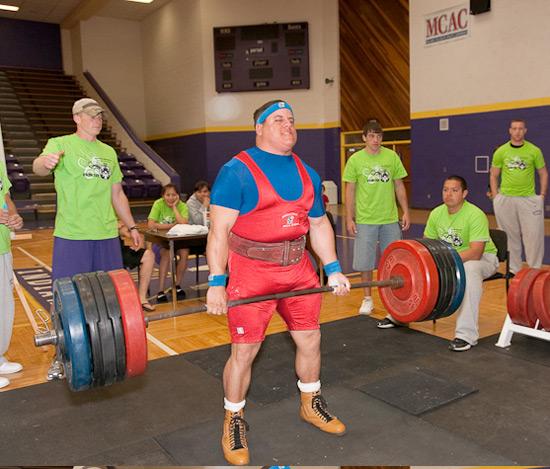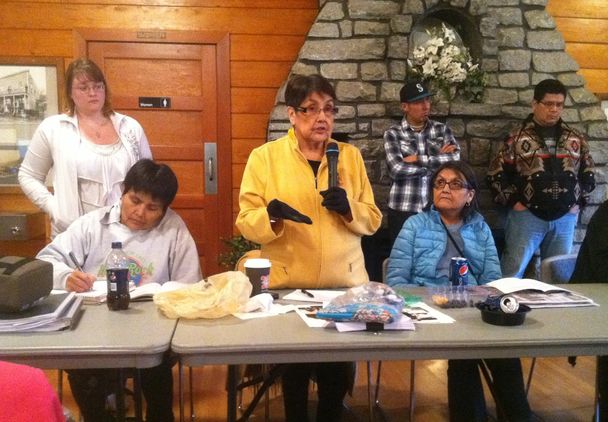Washington governor’s focus on the issue goes beyond ordinary politics. He says finding solutions is both a moral obligation and an economic opportunity.
By Andrew Garber, Seattle Times Olympia Bureau
OLYMPIA — There was a telling moment just before Gov. Jay Inslee raised his right hand and took the oath of office.
He was introduced as a politician who sees climate change as “an existential threat that transcends politics.”
“More than any other president or governor before him, Jay has an electoral mandate on this issue,” Denis Hayes, organizer of the first Earth Day in 1970, told a packed audience in the rotunda two months ago.
If lawmakers did not grasp the significance of those remarks then, they do now.
Inslee talks about climate change all the time. He discussed it in his inaugural address, during most of his news conferences, when introducing a bill on the issue in the state House and Senate, even in announcing his choice for transportation secretary.
“This is about pollution with a capital P,” he said, testifying before the House Environment Committee this month on climate-change legislation. “It’s about reducing a pollutant, namely carbon dioxide, which has very, very significant impacts on Washington state, on our health, on our well-being and on our economy.”
Hayes, who is president of the Bullitt Foundation, said no one should be surprised by all this.
Inslee established himself as an authority on climate change and renewable energy in Congress. He co-authored a book, “Apollo’s Fire,” touting the potential benefits of a clean-energy economy. And when running for office, “it was the core of his campaign,” Hayes said. “He constantly referenced his … book. People knew what they were getting.”
Still, not everyone was expecting so much, so soon.
“I think there are greater, more pressing priorities at the moment,” said Senate Deputy Republican Leader Don Benton, R-Vancouver. “I think we need to look long term, and do little things that add up over time that will benefit and help the climate-change situation and the environment. But they are long-term strategies.”
Inslee, in an interview, said there’s no time to waste.
“If you have a huge problem that becomes worse over time, it doesn’t mean you should start later, it means you should start earlier,” he said. “This is not something that we just have to worry with our grandchildren. It’s happening today.”
No shortage of issues
To be sure, climate change isn’t the only thing on Inslee’s plate.
The governor is working on a budget. He’s pressuring the federal government to clean up radioactive waste at Hanford. He’s lobbied lawmakers to approve universal background checks for gun purchases. He’s looking for ways to implement the voter-approved legalization of recreational marijuana use.
Inslee is also pushing the Legislature to come up with more money for the state’s transportation system and K-12 education.
Yet there’s little doubt Inslee spends far more time talking about climate change than his predecessors, former Govs. Gary Locke and Chris Gregoire.
“I’ve had more time with him in the last three months on these issues than I had with Locke and Gregoire combined over the past 16 years,” said Rep. Jeff Morris, D-Mount Vernon, chairman of the House Technology & Economic Development Committee.
Inslee introduced a climate-change bill in the House and Senate aimed at developing ways to reduce state greenhouse-gas emissions and meet targets set by the Legislature in 2008. The measure creates a work group that’s supposed to come up with recommendations by the end of the year.
He also brought up the issue in relation to another bill he introduced dealing with long-term plans to improve water supplies in Central Washington, saying warming will reduce snowpacks, making it “absolutely necessary that we increase the water storage and water efficiency … in the Yakima River Basin because of climate change.”
(Watch Inslee speak about improving water supplies in Central Washington.)
And when he hired a new secretary of transportation, Lynn Peterson, he noted that motor vehicles are the state’s largest producer of greenhouse gases. “Lynn is very committed as I am in finding better options for people to get to and from work and reduce carbon pollution,” he said.
The governor’s staff says this is just the start of a deeper conversation on climate change.
Cliff Traisman, state lobbyist for Washington Conservation Voters and the Washington Environmental Council, said Inslee “is clearly not taking a play out of any political consultant’s playbook. That is for sure. And yes, people are surprised because he’s running against the grain. He is tackling the issue because he feels it’s a moral obligation to do so and an opportunity.”
It’s worth paying attention to that phrasing — a “moral obligation” and an “opportunity.”
That is the core of Inslee’s argument around climate change.
Moral principle
The governor uses homilies to get his points across. During testimony on his climate-change bill, House Bill 1915, he talked about watching his 4-year-old grandson play on the beach and “just seeing his face light up when he sees a crab or critter” coming up from underneath a rock.
“I can tell you with a high degree of assurance that unless you and I and other people in our state embrace a commitment that we’re going to see to it that our grandkids have that experience, they’re not going to have it. And the simple reason is the water will be too acidic to support those life-forms,” he said.
(Watch part of Inslee’s testimony on his climate-change bill.)
Richard Feely, a scientist with the National Oceanic and Atmospheric Administration in Seattle and an acidification expert, said the governor was probably accurate when it comes to the Pacific oyster, but the science isn’t clear yet on other species such as crabs.
When GOP Rep. Shelly Short, of Addy, Stevens County, noted any reduction in Washington state carbon emissions would be minuscule compared to what China pumps out, Inslee responded it doesn’t change the state’s moral obligation.
“I know you’re not going to roll down the window and throw anything out the window tonight worried that somebody in another district won’t follow your ethical behavior,” Inslee said. “I think that is the best answer to this issue.”
(Watch Inslee’s exchange with Rep. Shelly Short.)
Climate-change jobs
The carrot the governor uses when discussing climate change is the prospect of jobs.
When he rolled out a jobs package last month, Inslee talked about how the state can be “an example to the world of how a clean-energy, climate-change-reduction strategy is a winning proposition economically. The reason we believe this, is this is something perfectly built for the skill set of the state of Washington.”
“We will not be passive while our state is ravaged by forest fires, by the loss of our shellfish industry due to ocean acidification, by the loss of irrigation water due to the loss of snowpack,” he said. “We are better than that, and we will not accept defeat.”
Inslee has talked about spurring the development of biofuels at a commercial scale, using biofuel blends at major state ferry and vehicle-fueling centers, helping business develop technologies to produce and consume “clean energy,” and creating a Clean Energy Fund to leverage investments in clean-energy technologies, among other things.
There are few specific proposals at this point. One example he’s discussed is using the Clean Energy Fund to provide funds to utilities to develop ways to store electricity from wind farms when the power is not needed.
Inslee’s office said more ideas will be fleshed out when the governor presents a budget proposal later this month.
One purpose of Inslee’s climate-change bill is to identify job opportunities that go along with helping the state reduce carbon emissions.
“This is an economic race and an economic imperative as much as it is an environmental one,” Inslee said in an interview. “We are competing with other countries for the first launch of these new technologies. … We don’t want to finish second or third.”
Skeptics in Legislature
It’s not clear how the governor’s proposals will fare this session.
Republicans, who control the Senate, say the state’s focus should be on jobs, education and the economy. Some even question that carbon emissions are causing climate change.
“Whenever you speak in absolutes about the science being concluded, history is replete with people being proven wrong,” said Sen. Doug Ericksen, R-Ferndale, chairman of the Senate Energy, Environment & Telecommunications Committee.
The Senate last week did pass Inslee’s climate-change bill, but Ericksen’s committee removed language talking about problems associated with global warming.
That was a major bone of contention in the Senate — how definitive the state should be in saying there is a climate-change problem, said Ted Sturdevant, the governor’s legislative-affairs director.
Specifically at issue is whether the Legislature should say that “Washington state is facing negative impacts from climate change,” Sturdevant said. “That’s where there is a divide here in terms of their comfort level in saying that, and the governor’s desire to say that.”
The distinction is important, he said, because Inslee feels “that responding to climate change here is both seizing an opportunity and responding to a problem. The governor wants to make sure this conversation acknowledges both of those things.”
In the end, the governor’s office agreed to take the language out. It has not yet decided whether to ask House Democrats to put it back in.


















